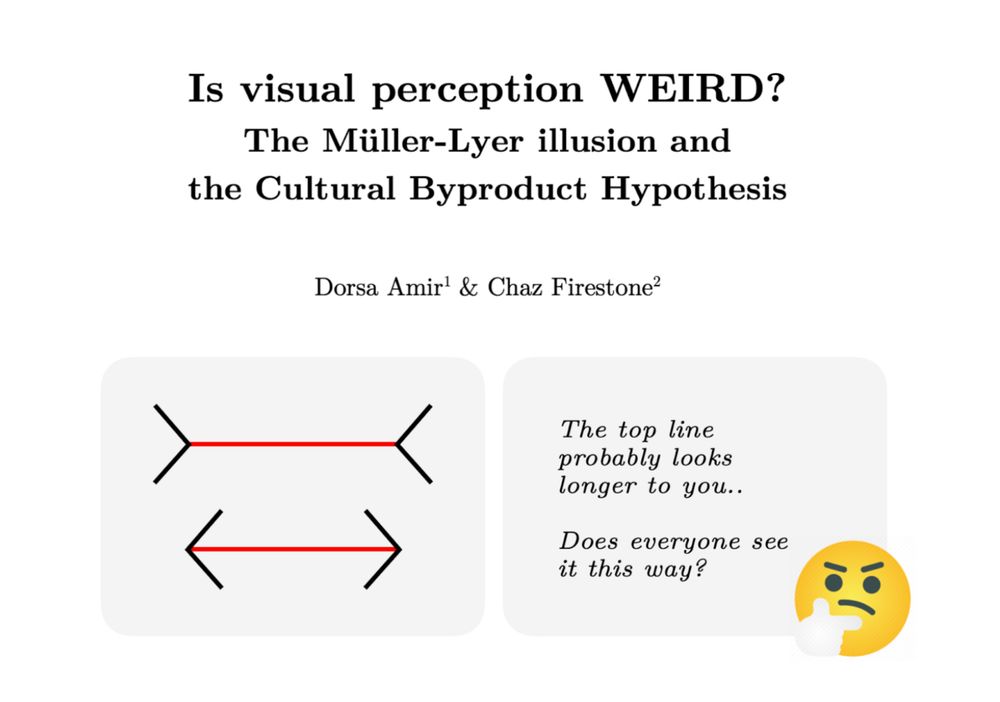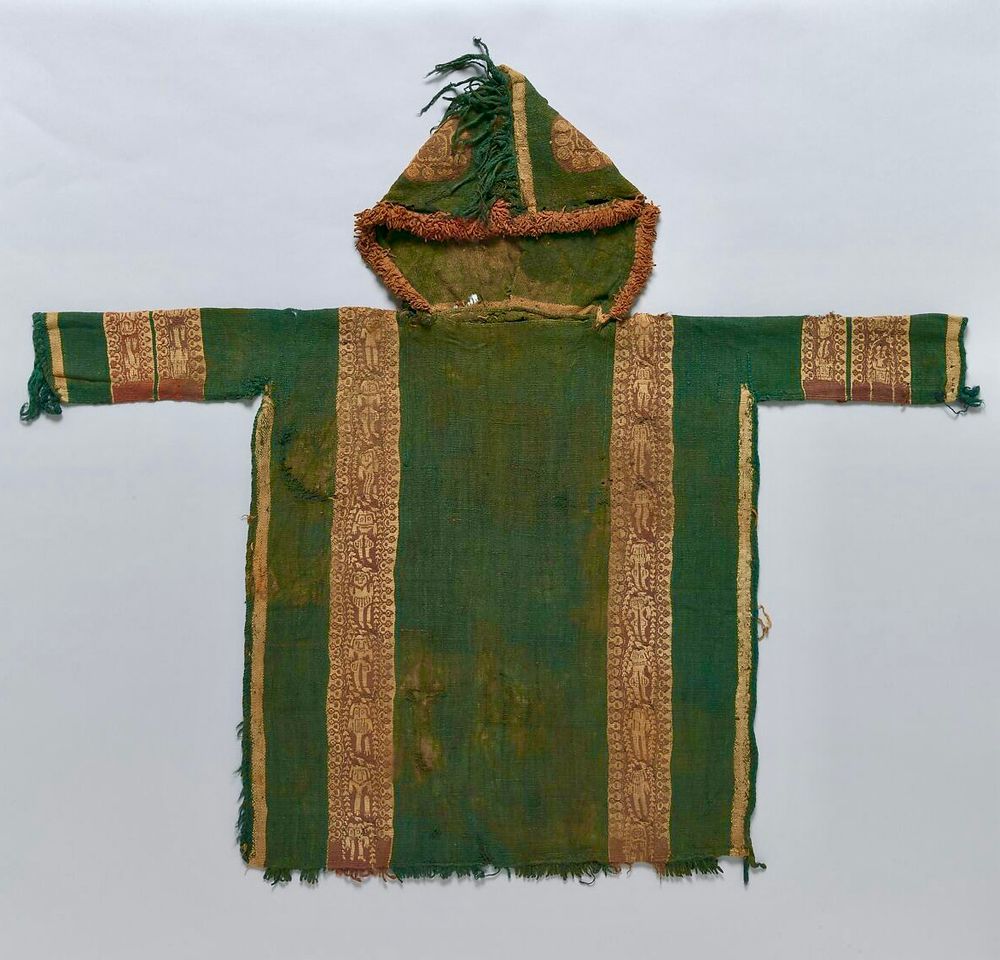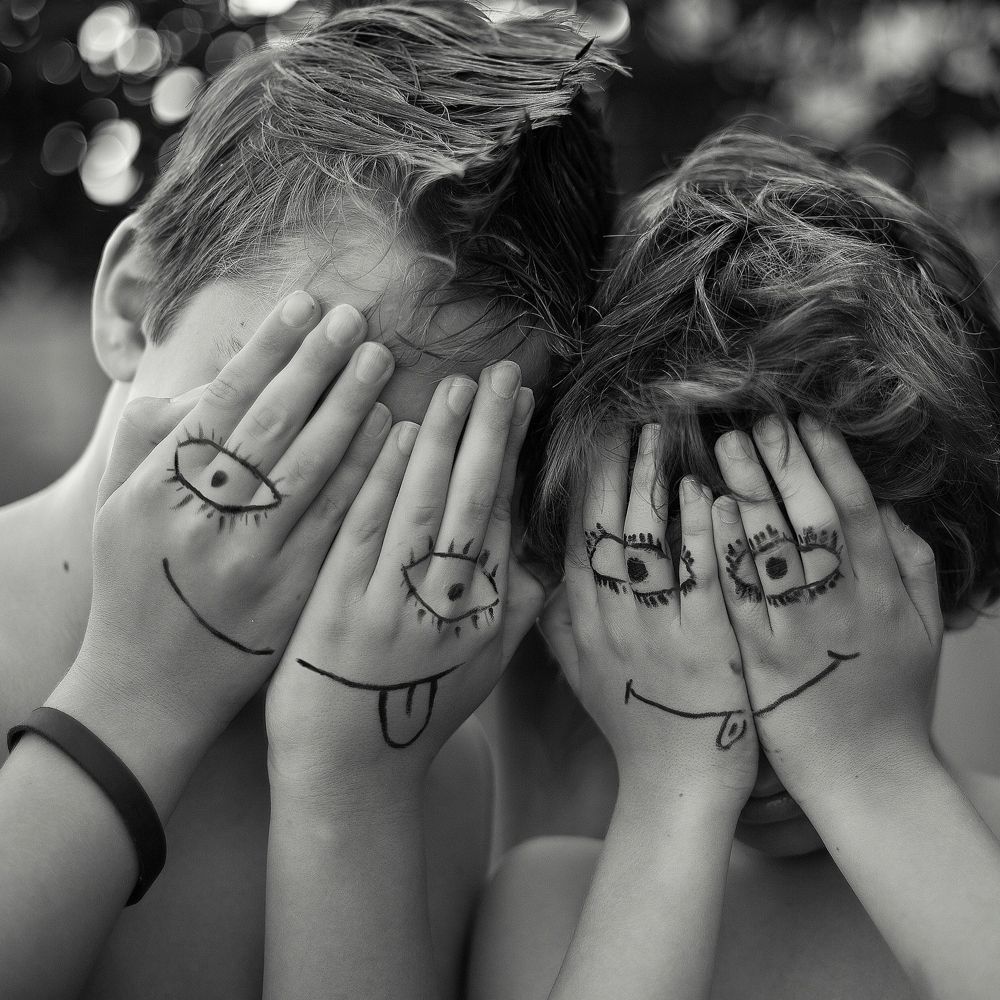
dorsaamir.com | mindandculturelab.com





It's an ambitious goal to write the entire history of humanity in just 400 pages. It's even more ambitious to do it without reading any research.
It's an ambitious goal to write the entire history of humanity in just 400 pages. It's even more ambitious to do it without reading any research.

🚩Developmental milestones across cultures 🌍
Based @leuphana.bsky.social , in collaboration with @mpi-eva-leipzig.bsky.social
Please share/apply!
Link: tinyurl.com/58dsn43u
🚩Developmental milestones across cultures 🌍
Based @leuphana.bsky.social , in collaboration with @mpi-eva-leipzig.bsky.social
Please share/apply!
Link: tinyurl.com/58dsn43u
We will use touchscreen experiments & eyetracking to study mental simulations in nonhuman apes & human children across different cultures.
All info here: www.eva.mpg.de/career/posit...
Please share / apply!🙏

We will use touchscreen experiments & eyetracking to study mental simulations in nonhuman apes & human children across different cultures.
All info here: www.eva.mpg.de/career/posit...
Please share / apply!🙏

open.substack.com/pub/unpublis...

open.substack.com/pub/unpublis...
podcasts.apple.com/gb/podcast/m...

podcasts.apple.com/gb/podcast/m...
Alright, this one’s been sitting in my drawer for a year now, after @mcxfrank.bsky.social and I got turned down for a public commentary.
But before I forget about it completely, here’s the preprint:
Can we harvest insights for rice theory from two state farms in China?
osf.io/preprints/ps...

Alright, this one’s been sitting in my drawer for a year now, after @mcxfrank.bsky.social and I got turned down for a public commentary.
But before I forget about it completely, here’s the preprint:
Can we harvest insights for rice theory from two state farms in China?
osf.io/preprints/ps...

Led by @daweibai.bsky.social, we argue that much of our innate knowledge of the world is not "conceptual" in nature, but rather wired into perceptual processing. 👇

Led by @daweibai.bsky.social, we argue that much of our innate knowledge of the world is not "conceptual" in nature, but rather wired into perceptual processing. 👇
Led by @daweibai.bsky.social, we argue that much of our innate knowledge of the world is not "conceptual" in nature, but rather wired into perceptual processing. 👇
The odds of winning are the same in both, but they can feel different. 🧵

The odds of winning are the same in both, but they can feel different. 🧵

3 to work with me on children as agents of cultural evolution
2 to work with @drboothroyd.bsky.social on examining school-based body image interventions.
Please share and apply!
www.durham.ac.uk/departments/...
3 to work with me on children as agents of cultural evolution
2 to work with @drboothroyd.bsky.social on examining school-based body image interventions.
Please share and apply!
www.durham.ac.uk/departments/...

www.scientificamerican.com/article/does...

www.scientificamerican.com/article/does...
In a new BBS target article, I propose a theory for such "super-attractors" + cultural evolution more broadly. Now open for commentary: www.cambridge.org/core/journal...

In a new BBS target article, I propose a theory for such "super-attractors" + cultural evolution more broadly. Now open for commentary: www.cambridge.org/core/journal...

www.scientificamerican.com/article/does...

www.scientificamerican.com/article/does...

www.scientificamerican.com/article/does...
Just one of the topics discussed in our recent episode with @dorsaamir.bsky.social & @sheinalew.bsky.social!
Listen: disi.org/varieties-of...

Just one of the topics discussed in our recent episode with @dorsaamir.bsky.social & @sheinalew.bsky.social!
Listen: disi.org/varieties-of...


